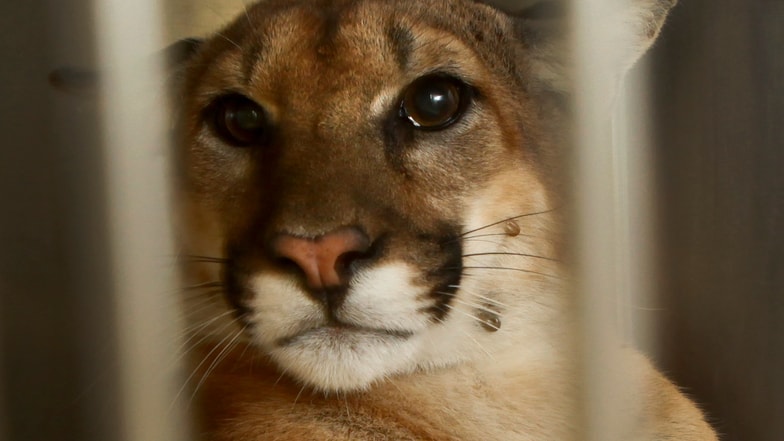
Those who loved P-22 have some closure six months after wildlife authorities put an end to the celebrity mountain lion from Griffith Park who caught the attention of Los Angeles and the entire globe.
The cat had “multiple severe injuries,” according to the cat’s final postmortem report, which was made public on Wednesday by the California Department of Fish and Wildlife and National Park Services.
According to a joint news release, the findings “confirmed P-22 had been suffering from multiple severe injuries and chronic illnesses that impaired his ability to function in the wild and would have decreased his quality of life if placed in human care.”
In accordance with a report of a car collision the night before he was taken, the study revealed that the underweight cougar had recent head and eye damage. Additionally, pathologists found that he had “injuries with older, significant trauma” such as arthritis, renal illness, and liver issues.
On December 17, the mountain lion was put to death due to “a recent change in behaviour.” He was taken to the Los Angeles Zoo for evaluation before being brought to the San Diego Zoo, where a veterinary pathologist finished the autopsy.
According to Jeff Sikich, the principal field biologist for the NPS mountain lion research, “P-22 was a fascinating animal to study.” In addition to becoming a significant spokesperson for urban wildlife, he made other contributions to science.
According to an NPS investigation, P-22 was one of the oldest mountain lions and was believed to have been born in the Santa Monica Mountains. He endured “against all odds” for ten years alone in the highlands of Griffith Park, without reproducing.
His legacy will be carried on by our increased understanding of how to live in harmony with wild neighbours and the expanding public support for wildlife crossings. He helped us learn how mountain lions interact with people in this complicated urban context.
Picture Courtesy: Google/images are subject to copyright









